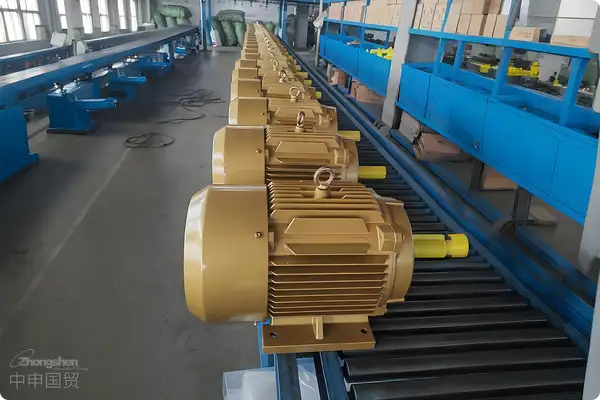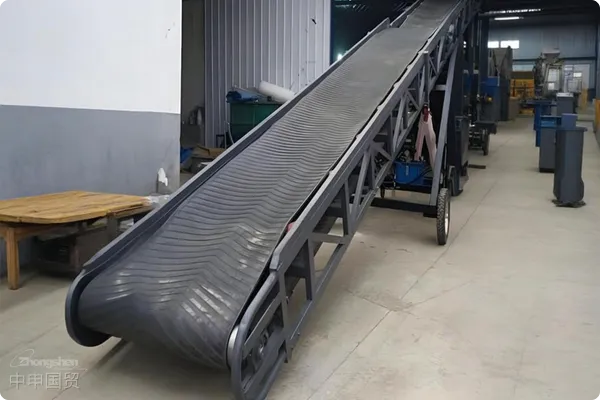- Shanghai Zhongshen International Trade Co., Ltd. - Two decades of trade agency expertise.
- Service Hotline: 139 1787 2118
Gear machine tools are specialized machines used for gear processing, designed to produce and process various types of gears. These machines are primarily used for cutting spur gears, helical gears, bevel gears, and other types of gears. The working principles and operational methods of gear processing machines may vary depending on the type of gear, processing requirements, and the specific model of the machine. Due to their important applications in various industrial productions, the international demand for such equipment continues to grow. Exporting these machines involves complex procedures. This article will detail the required documentation, certification requirements, and export process for gear machine tools.

I. Required Certifications and Documentation for Export
Internationally - recognized Safety StandardsIt is recommended to verify through the following methods:Certificate of Origin:The Certificate of Origin is crucial for the export of gear machine tools, as it helps determine the products country of origin to potentially benefit from tariff preferences. Depending on the issuing authority, Certificates of Origin can be divided into three categories: Generalized System of Preferences (GSP) Form A issued by inspection agencies (such as CIQ), the General Certificate of Origin issued by the China Council for the Promotion of International Trade (CCPIT), and the Certificate of Origin issued by manufacturers or exporters.
CE Certification for Machinery Export:The European market requires gear machine tools and other machinery products to bear the CE mark, indicating compliance with EU safety, health, and environmental standards. Therefore, gear machine tools exported to the European Economic Area must undergo CE certification.
Export Machinery Product Quality License:In China, an Export Quality License must be applied for from the local inspection and quarantine department. The materials submitted typically include an application form, a copy of the business license, enterprise standards, system documentation on a CD, and relevant forms.
II. Detailed Explanation of the Export Process
The export process for gear machine tools involves multiple steps, including:
Obtain Export License:Apply for necessary export licenses and other relevant documents according to the regulations of the home country and requirements of the destination country.
Product Preparation and Quality Inspection:Manufacture and conduct quality inspection of gear machine tools according to buyer requirements and international standards.
Packaging and Marking:Perform appropriate packaging and marking of products in compliance with international shipping requirements and destination country regulations.
Arrange transportation:Select suitable transportation method (such asMaritime TransportationorAir Transportation) based on product characteristics and destination, and sign transportation contracts with logistics companies.
Complete Customs Procedures:Complete customs declarations in both exporting and importing countries, and pay relevant taxes and fees.
Document Preparation and Handover:Prepare full set of export documents including commercial invoice, packing list, shipping documents, export license and customs declaration, ensuring delivery to buyer or designated agent upon goods arrival.
III. Essential Export Documents
When exporting gear machine tools, the following documents need to be prepared:
Commercial Invoice and Packing List:Provide detailed product information including name, quantity, unit price and total value.
Shipping Documents:Provide corresponding bill of lading or air waybill based on selected transportation method.
Certificate of Origin and Quality Compliance Certificate:Including certificate of origin and quality compliance certificate meeting destination market standards.
Insurance Policy:Provide corresponding cargo transportation insurance policy if required by contract.
Contract Copy:May need to provide trade contract copies to customs or banks.
Specific Documents:Such as export license, quality license, user manual, etc., determined by product characteristics and destination country requirements.
In summary, exporting gear machine tools requires certificates like certificate of origin, CE certification, export quality license, and preparation of relevant documents including commercial invoice, packing list, shipping documents, certificate of origin, quality certificate, insurance policy, etc., followed by customs procedures to ensure smooth market entry and reduce potential legal and trade risks.
Related Recommendations
Category case
Contact Us
Email: service@sh-zhongshen.com
Related Recommendations
Contact via WeChat

? 2025. All Rights Reserved. Shanghai ICP No. 2023007705-2  PSB Record: Shanghai No.31011502009912
PSB Record: Shanghai No.31011502009912









